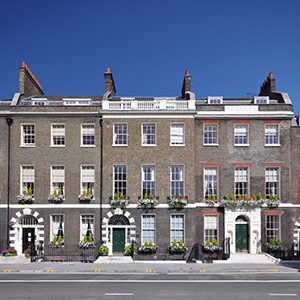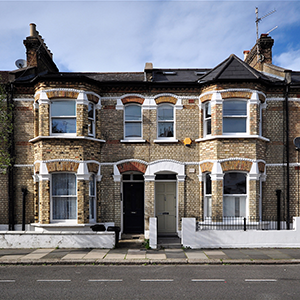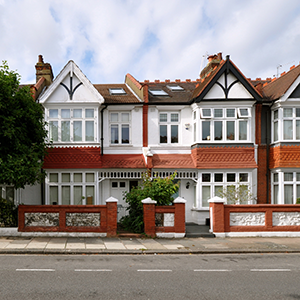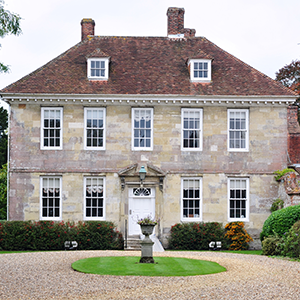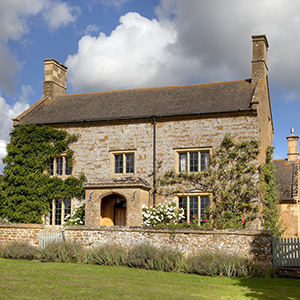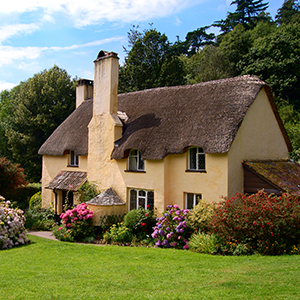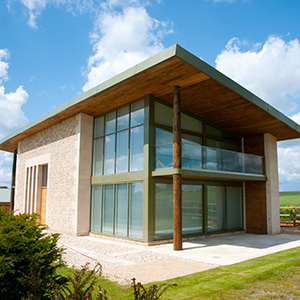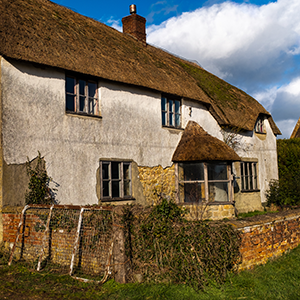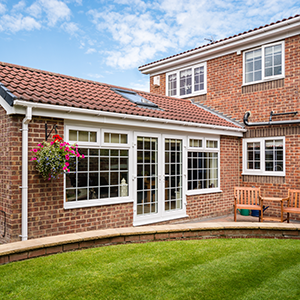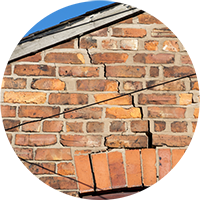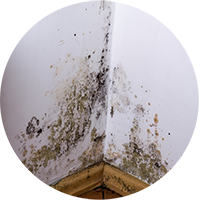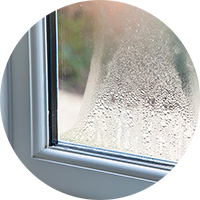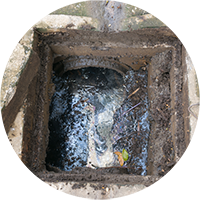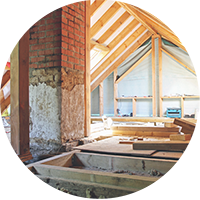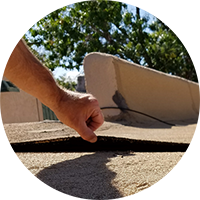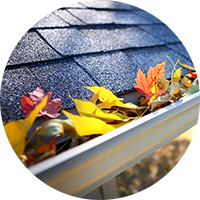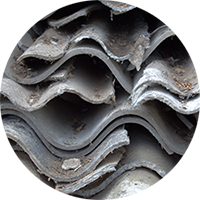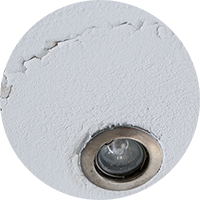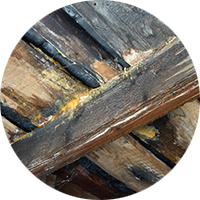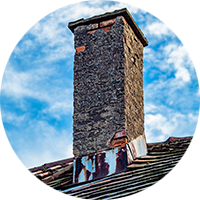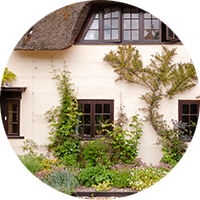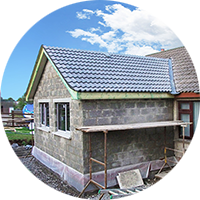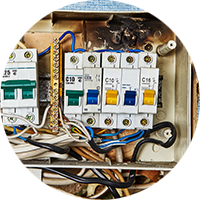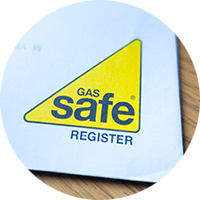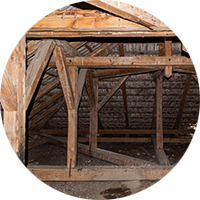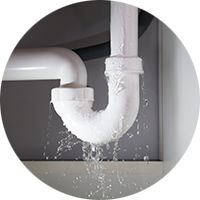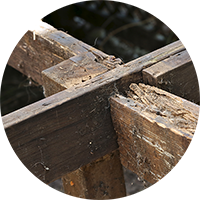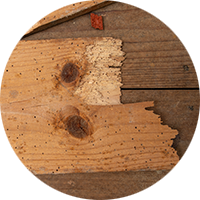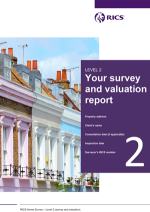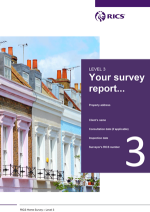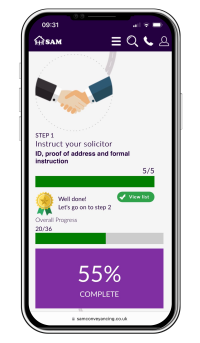"Competitively priced service, the agent I dealt with was very helpful. On the day of the survey itself I received a call from the surveyor to run through his initial findings. The quality of the report produced was excellent, very detailed and thorough. If needed I will be using SAM Conveyancing's services again in the future for sure."





RICS Level 3 Home Survey
A Level 3 Home Survey, or Building Survey, is the highest visual inspection carried out by a RICS (Royal Institution of Chartered Surveyors) Building Surveyor. The report is delivered in either a hand written report using the surveyor's own template or it is provided in the prescribed "traffic light" format. The type of survey you choose depends on the style of property you are buying and RICS state a Building Survey is suitable for:
- larger properties;
- older properties built around Edwardian/Victorian and older or rundown;
- unique or altered buildings such as a cottages or thatched roofs; or
- if you are planning major works.
- a flat; or
- a bungalow; or;
- a standard construction house built after 1930.
For these types of property you need to get a Level 2: HomeBuyer Report. If you aren't sure which survey you need, speak to one of our survey specialists on 0333 344 3234 (local call charges apply) or drop us a message to get a free call back.
What defects are flagged in a Level 3 Home Survey?
Why are there so many names for the Level 3 Survey?
This level of survey has had various name changes over the years such as Full Structural Survey, Building Survey and most recently a Level 3 Home Survey. It is the most comprehensive visual inspection you can get from a RICS surveyor on a residential property.
- 1
How to Prepare for an RICS Building Survey
Preparation involves granting full property access and ensuring all areas are clean and clear for inspection. Review our guide on what happens during a house survey for more details.
- 2
Survey takes place
The surveyor carries out the inspection and provides a follow-up report.
- 3
Next Steps After a Building Survey
If the survey uncovers serious defects, you might renegotiate the price or request repairs. If you decide to proceed despite the issues, ensure you have a clear understanding of the potential estimated costs involved in addressing the defects.
What is the difference between the Level 2 and Level 3 Home Survey?
A Level 3 survey provides a more detailed analysis than a HomeBuyer Report, making it the preferred choice for run-down properties. The RICS guidelines clarify that while the HomeBuyer Report isn’t exhaustive, a Level 3 Building Survey offers a more substantial and detailed inspection, potentially revealing defects that might otherwise go unnoticed.
"The inspection is not exhaustive, and no tests are undertaken. Concealed areas, normally opened or used by the occupiers, are inspected if it is safe to do so (typical examples include roof spaces and cellar areas). There is, therefore, a risk that certain defects may not be found that would have been uncovered if a more substantial inspection had been undertaken" .
Level 2 Home Survey | Level 3 Building Survey |
The RICS Level 2 Home Survey with a Valuation includes:
| The RICS Level 3 Home Survey includes:
|
- online checklists
- videos
- free downloads
- useful tips

